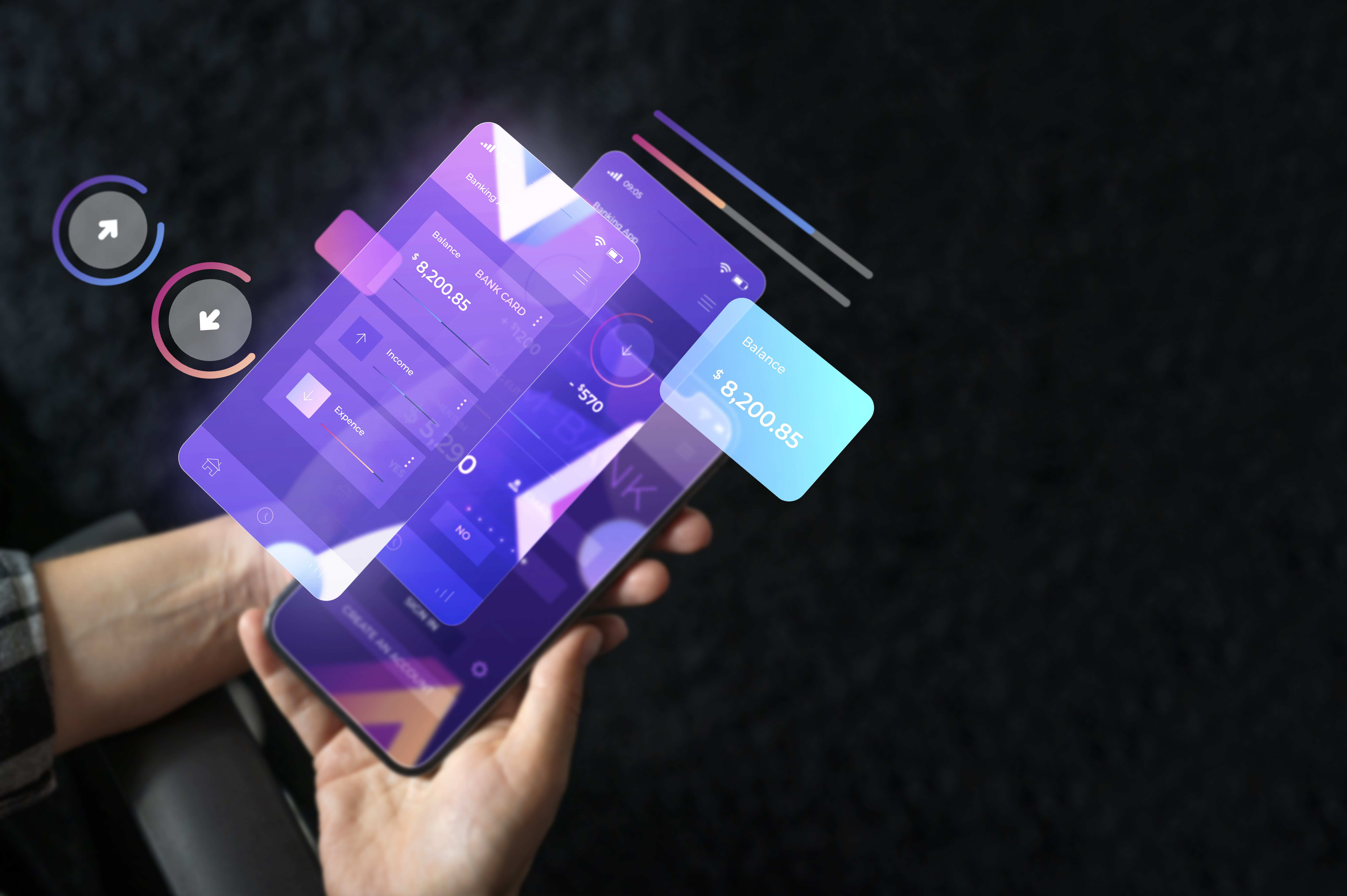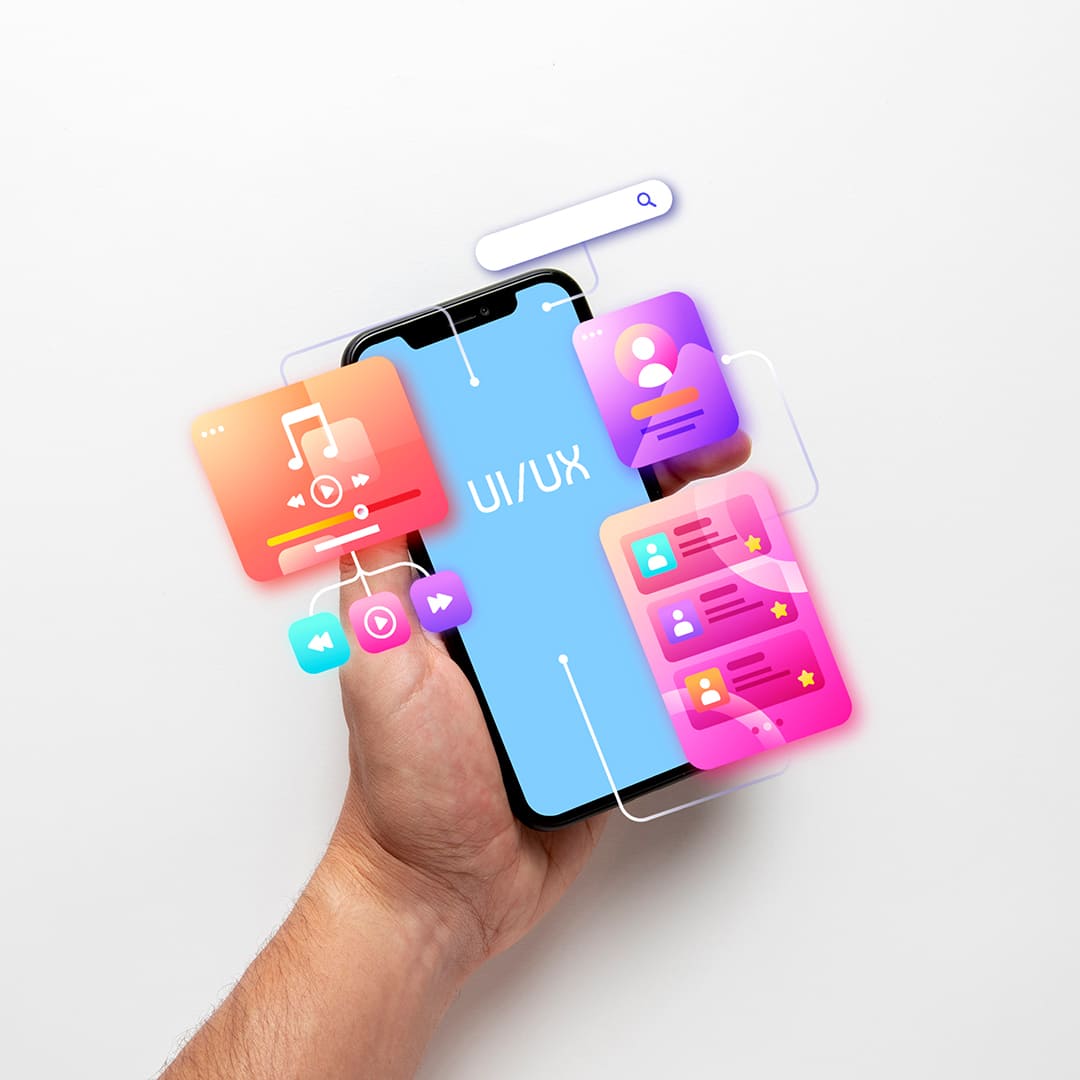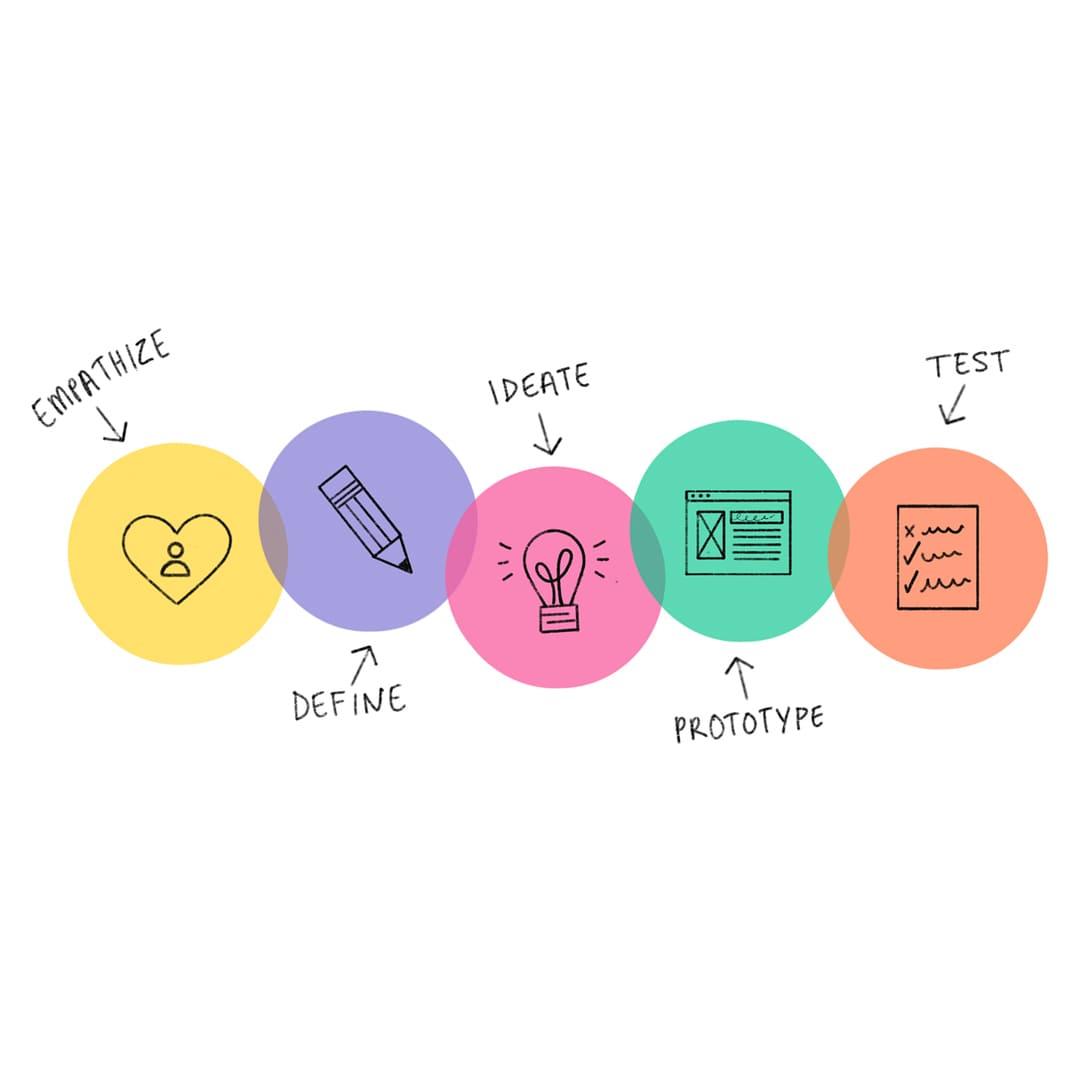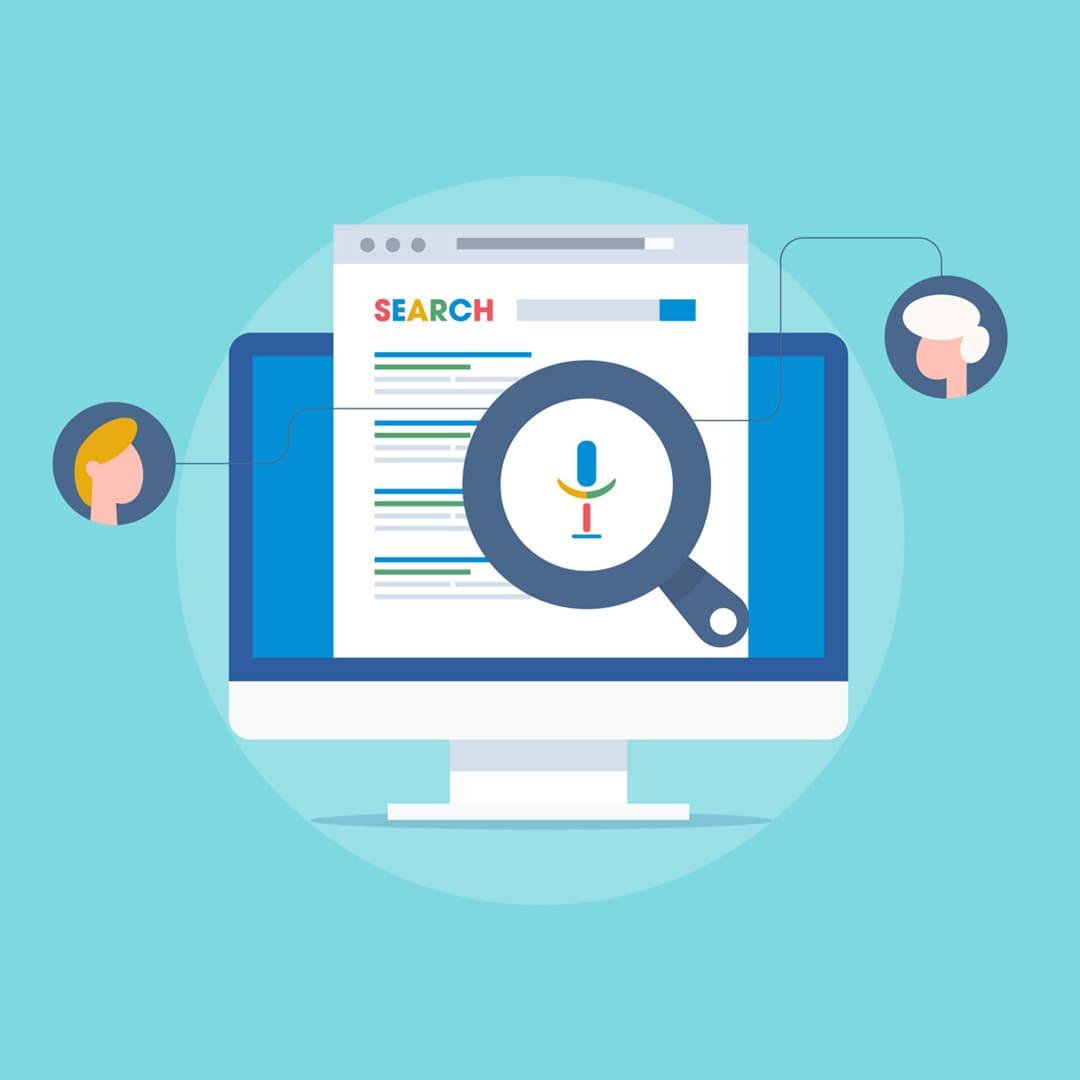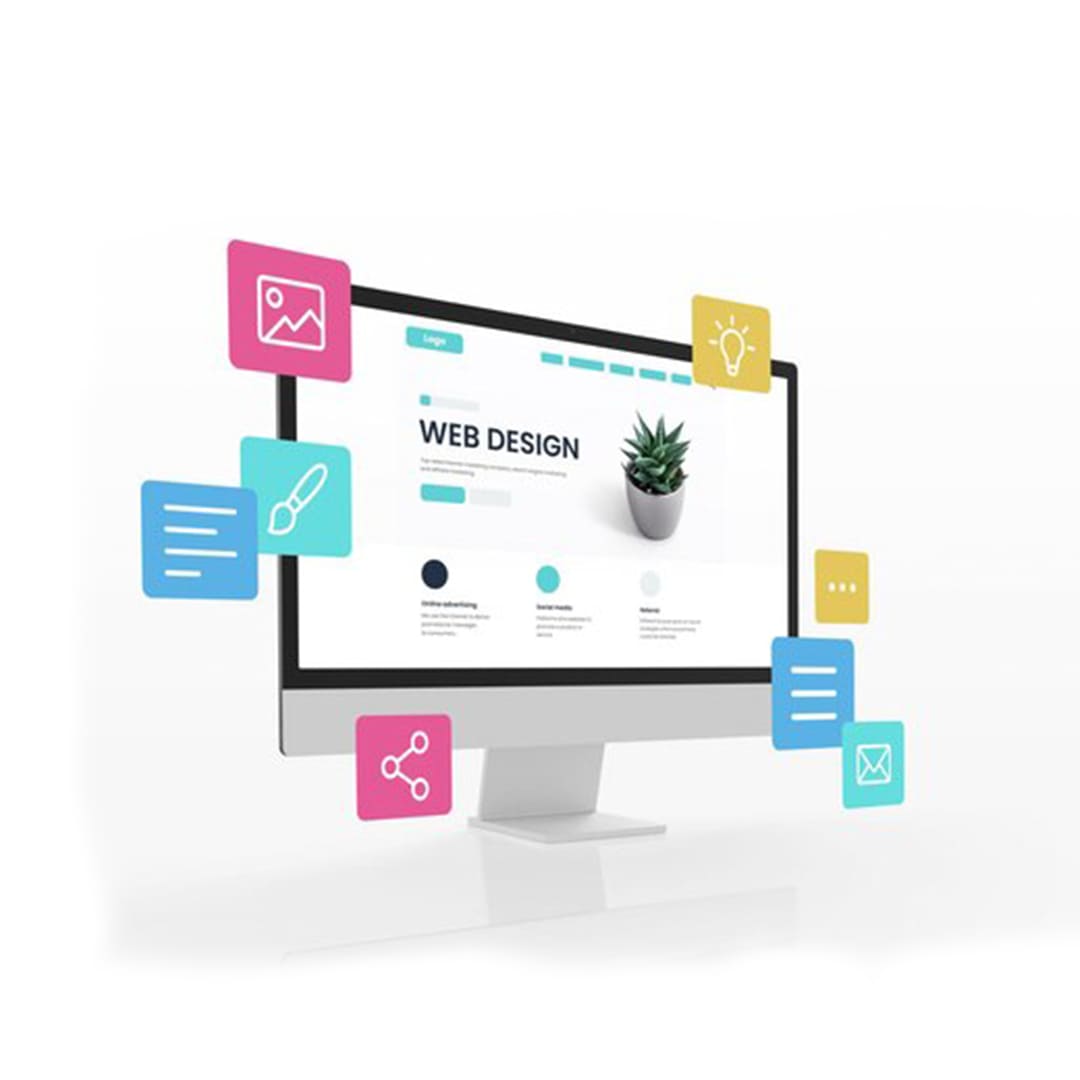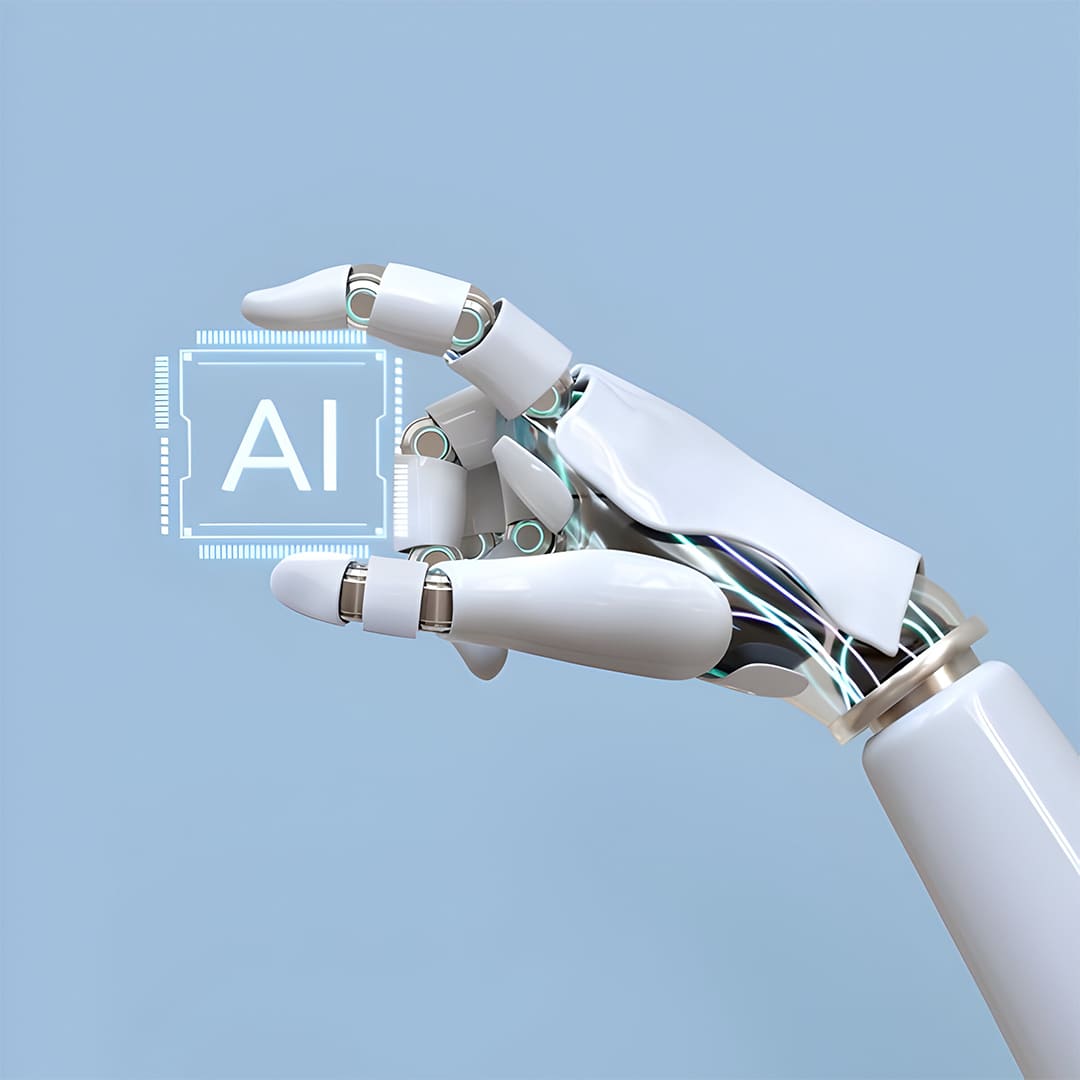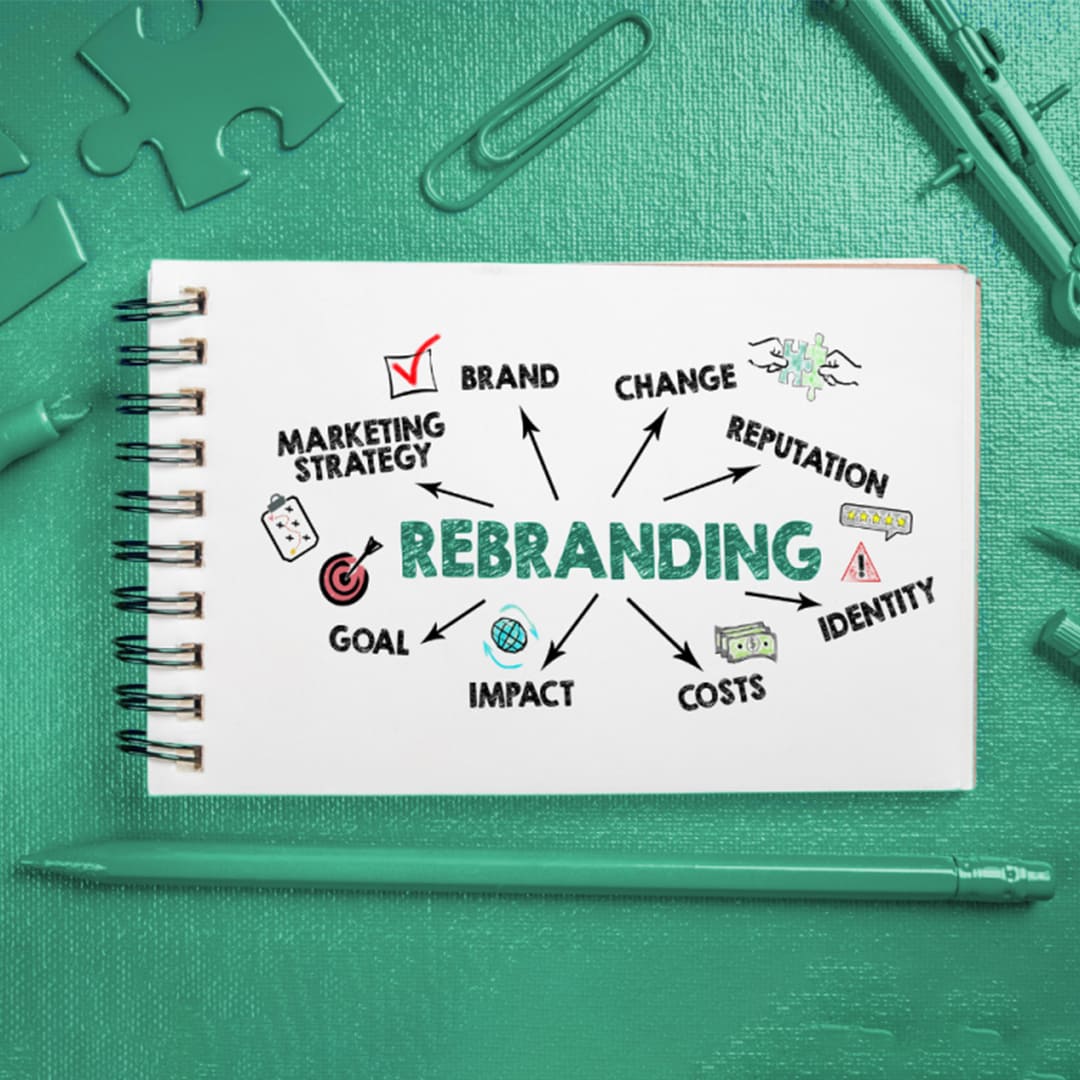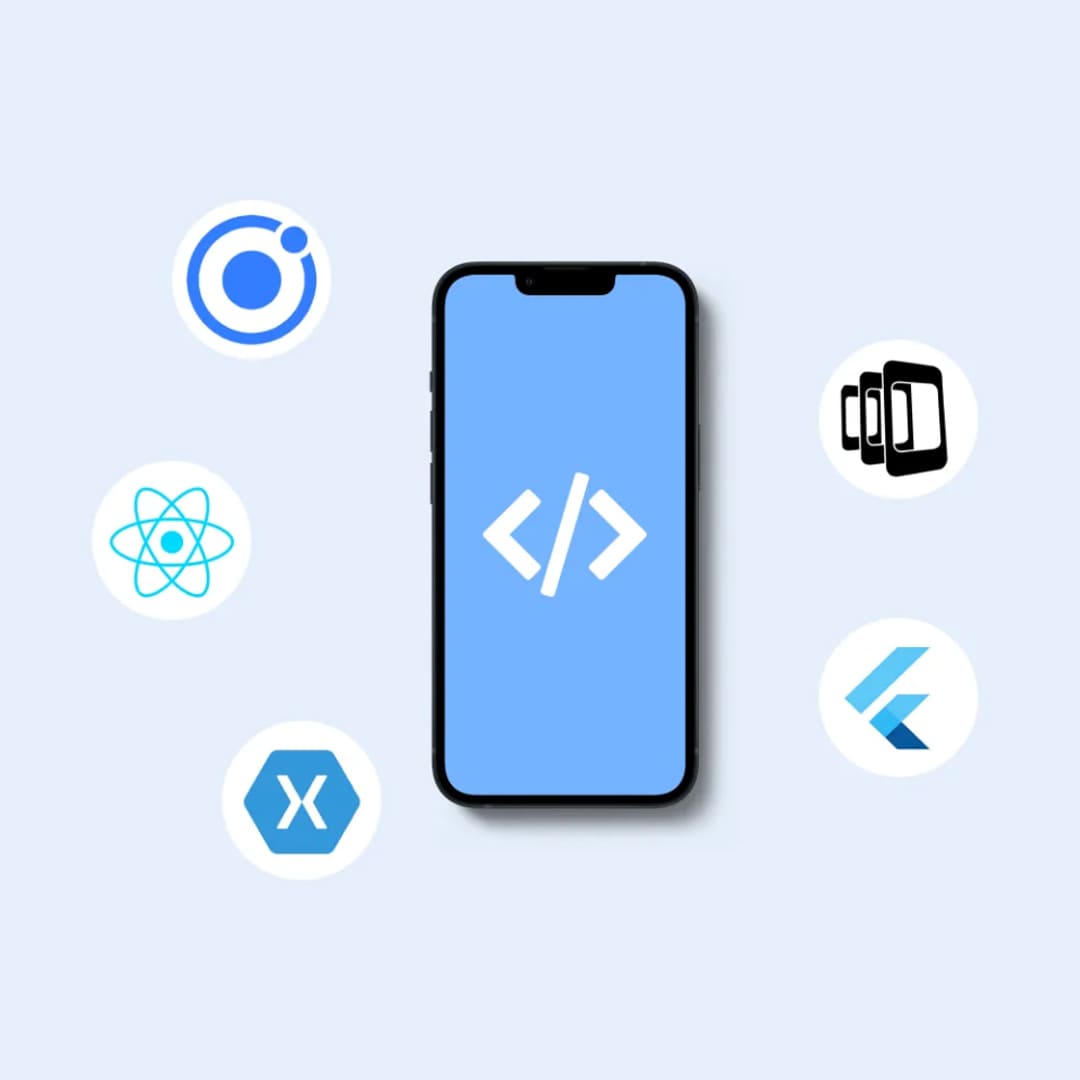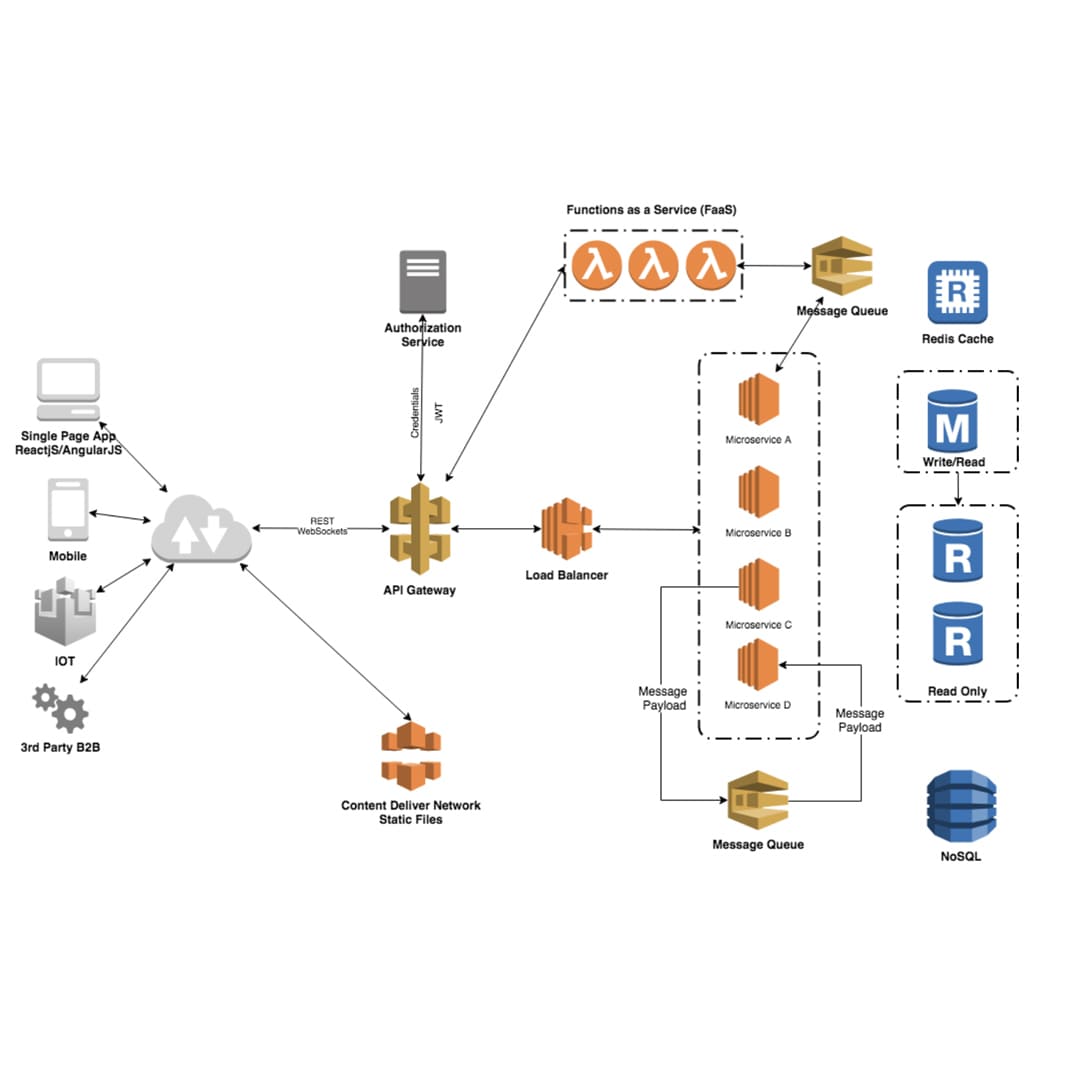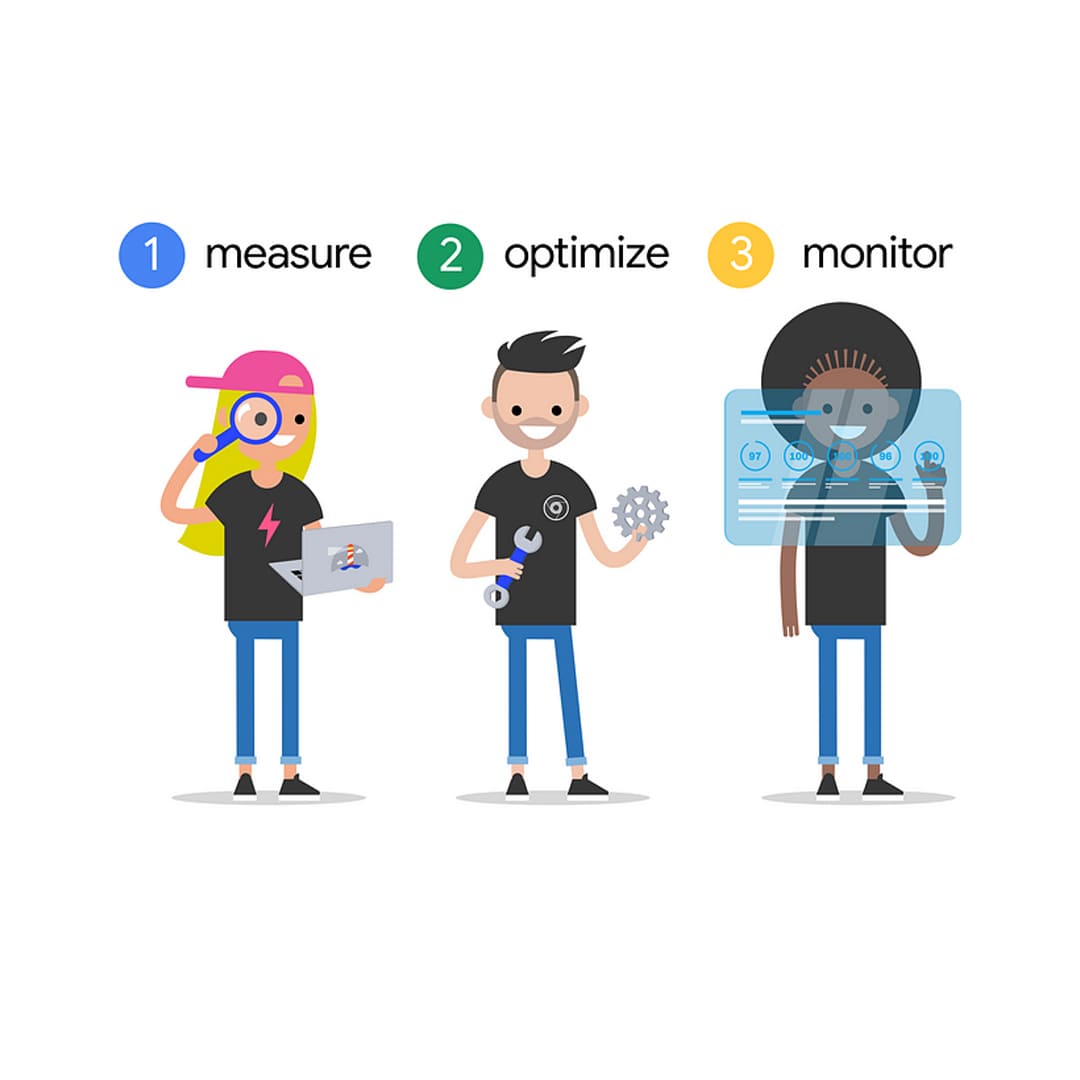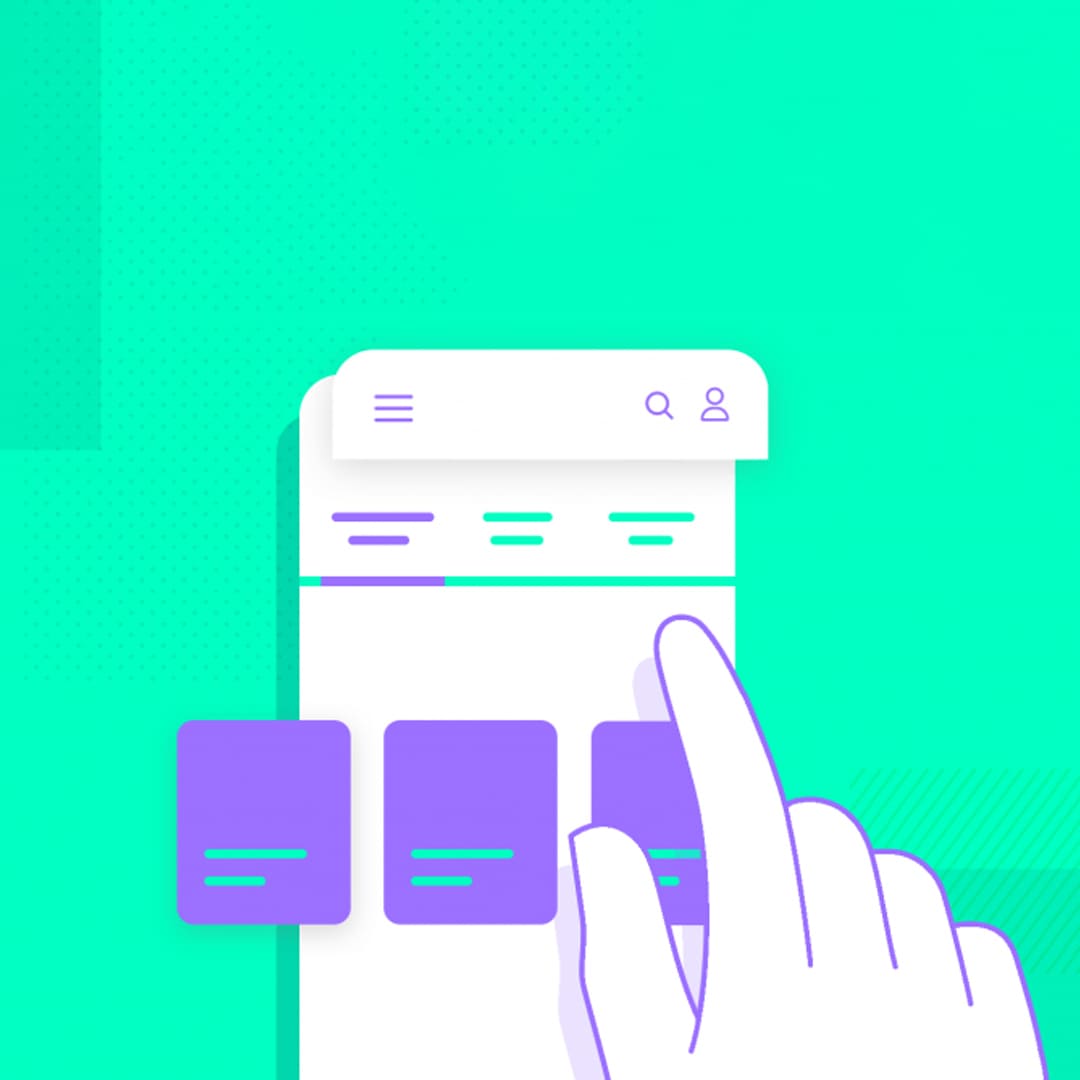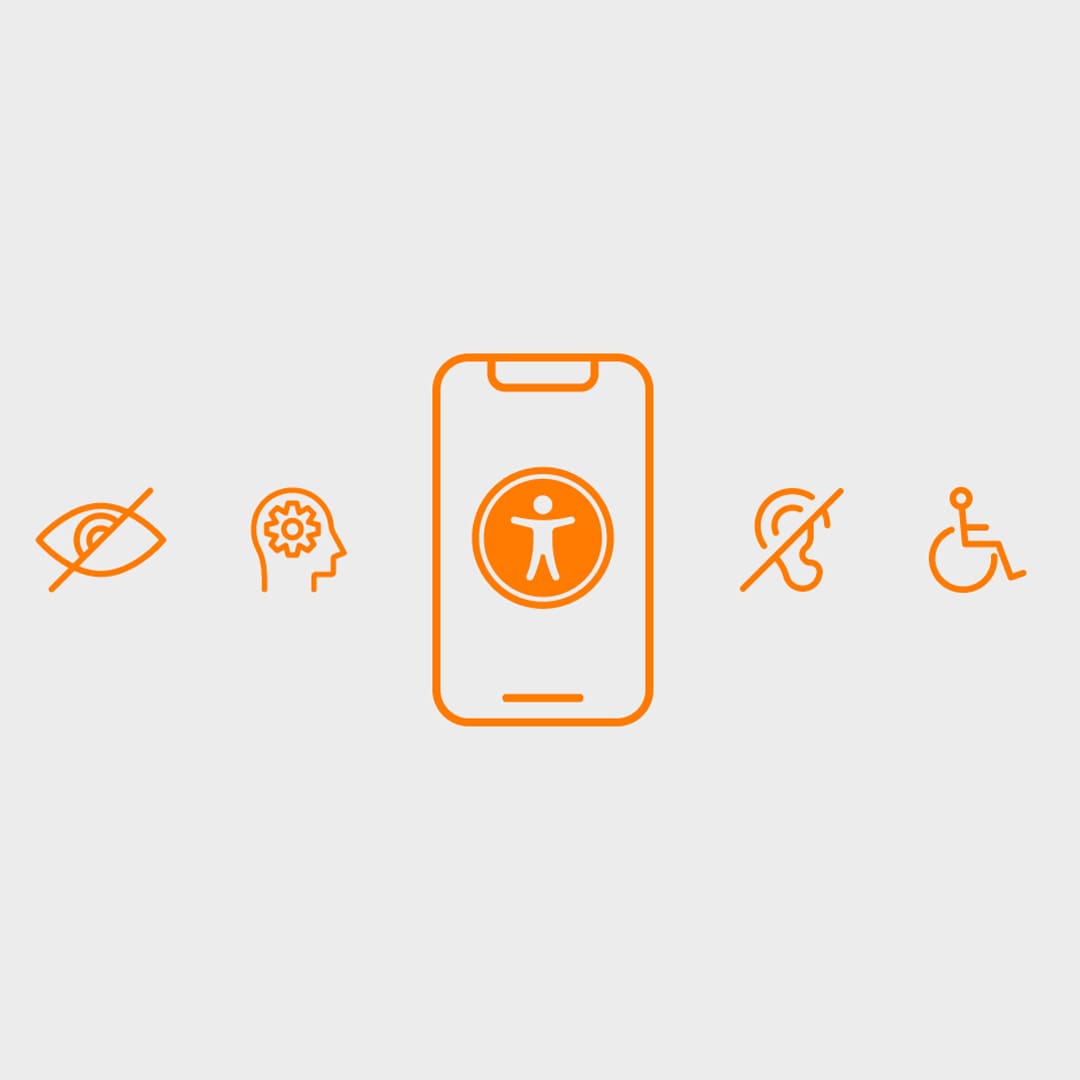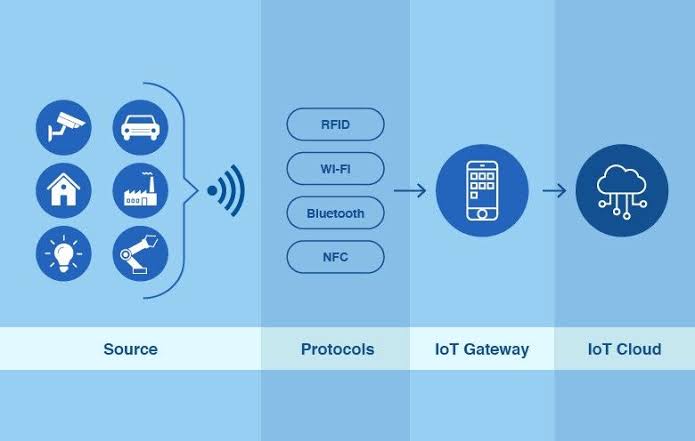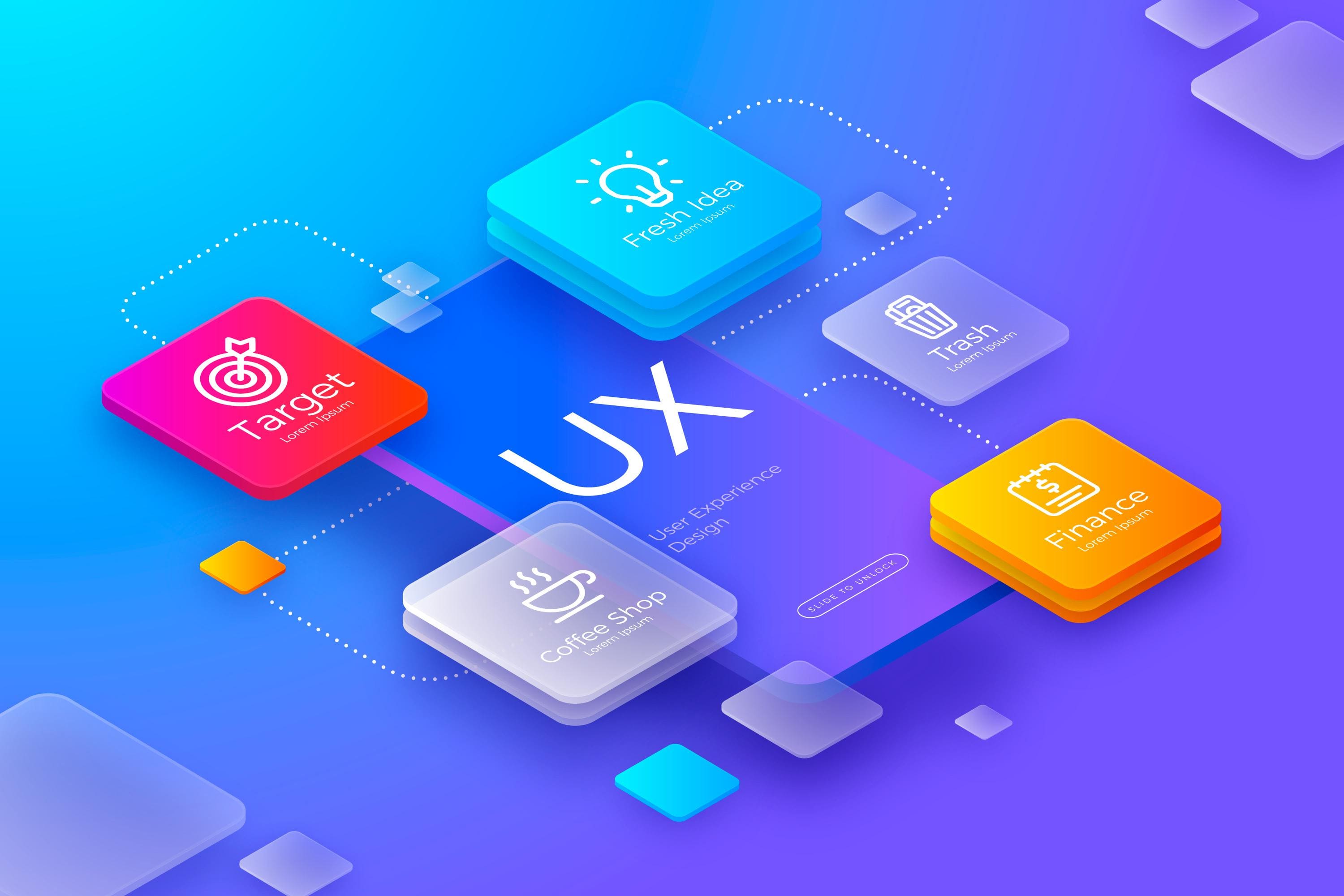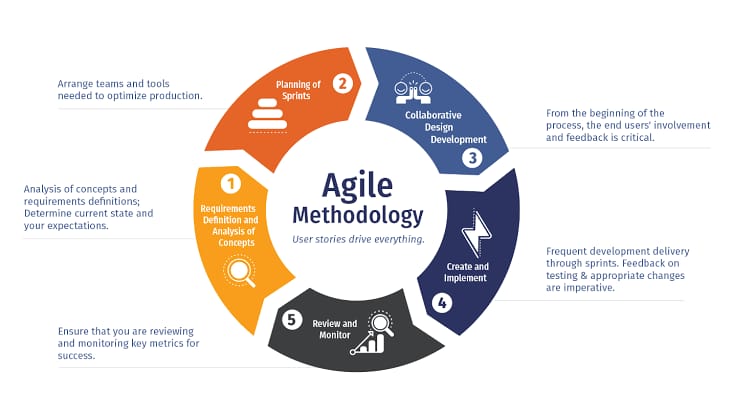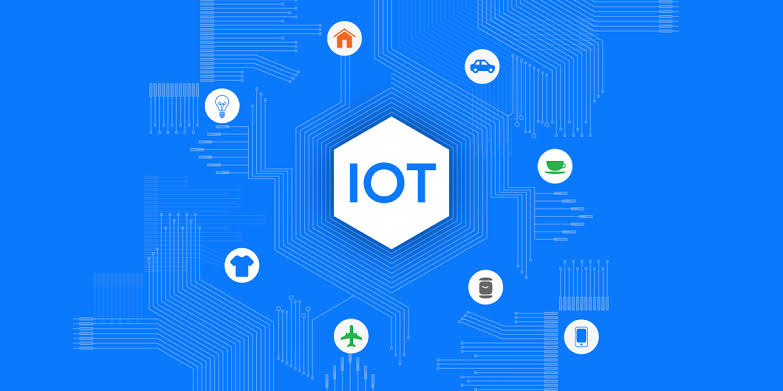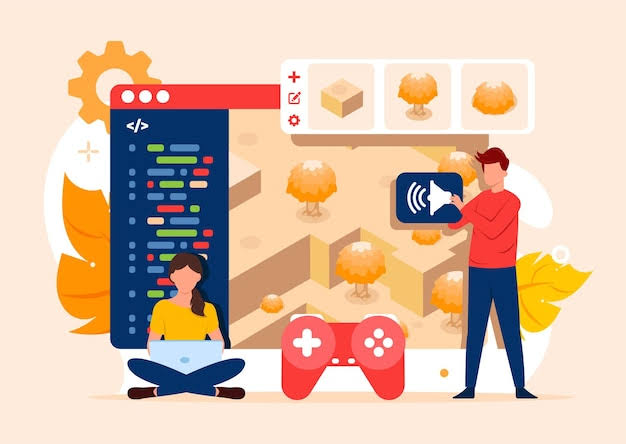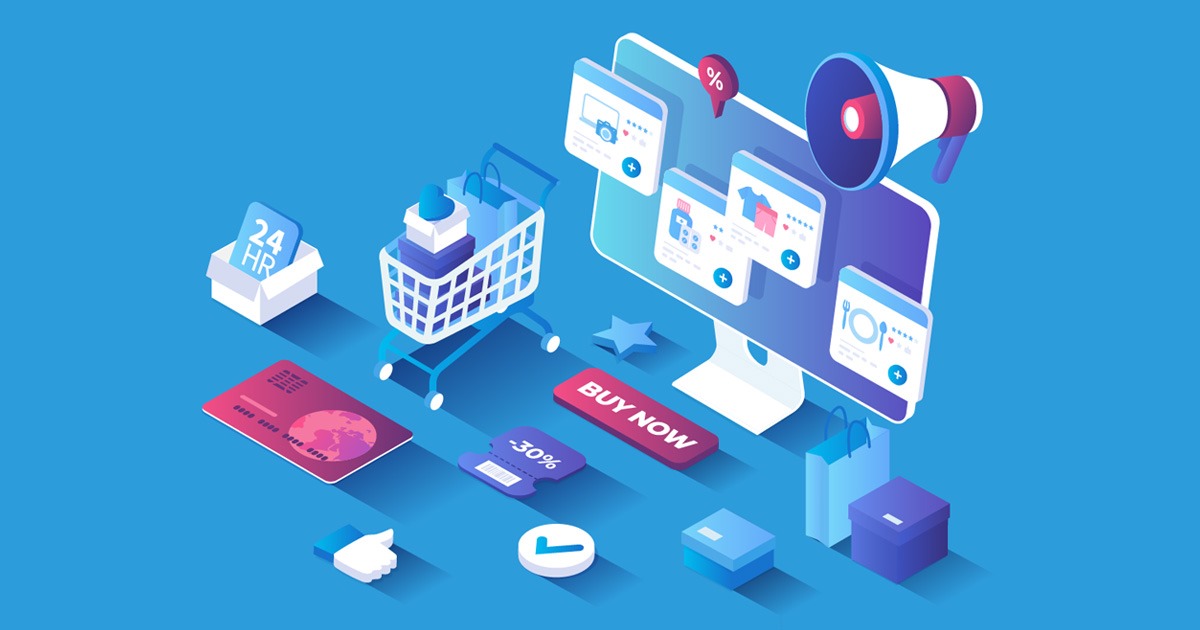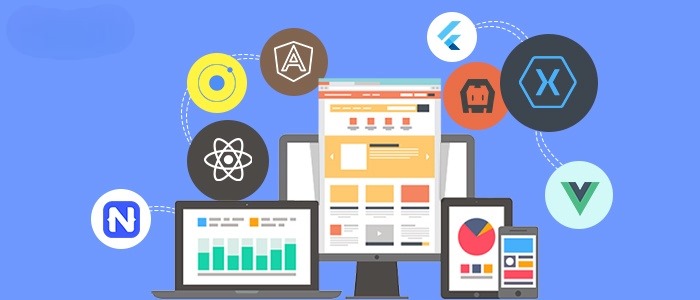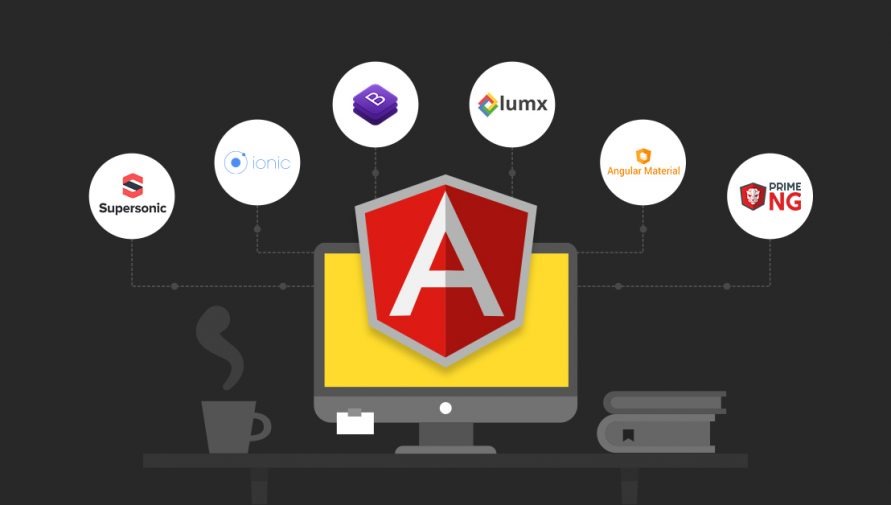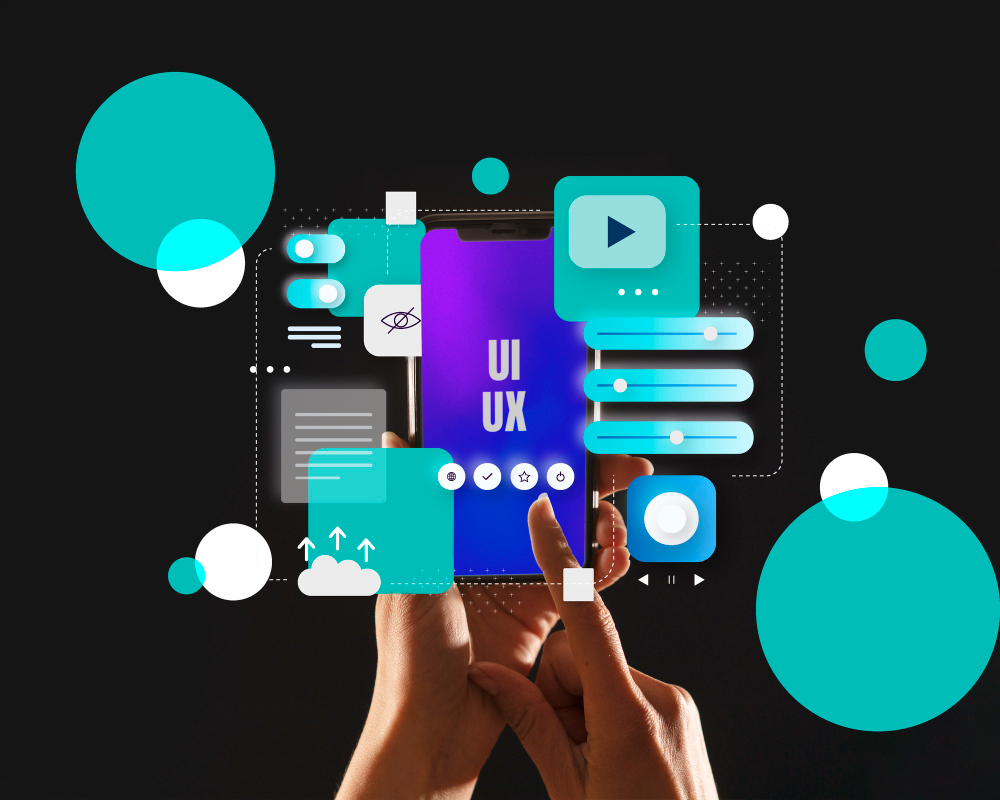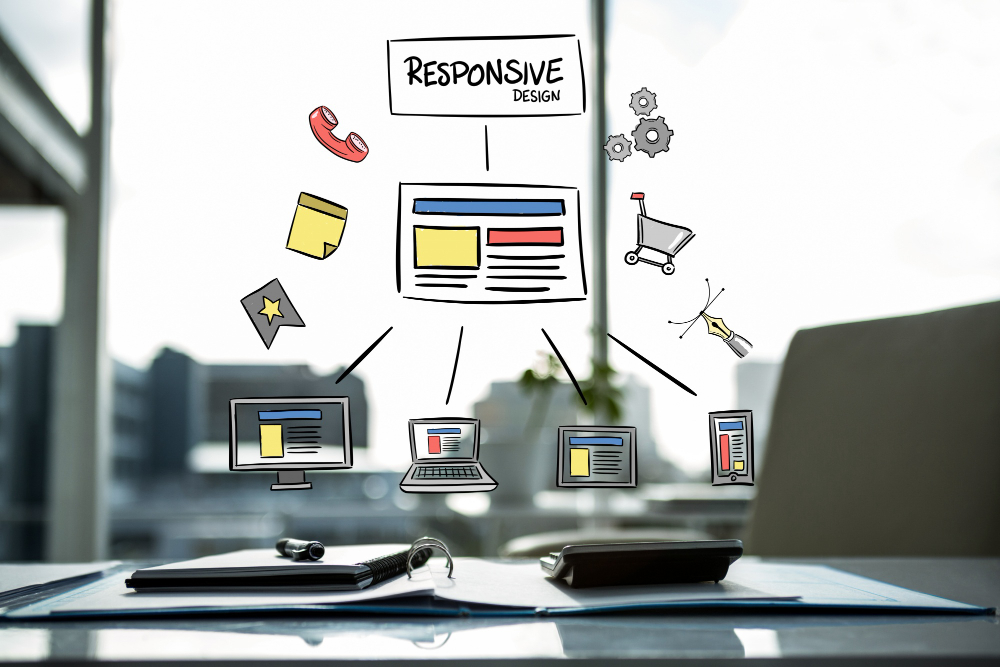The role of AI in UI/UX design
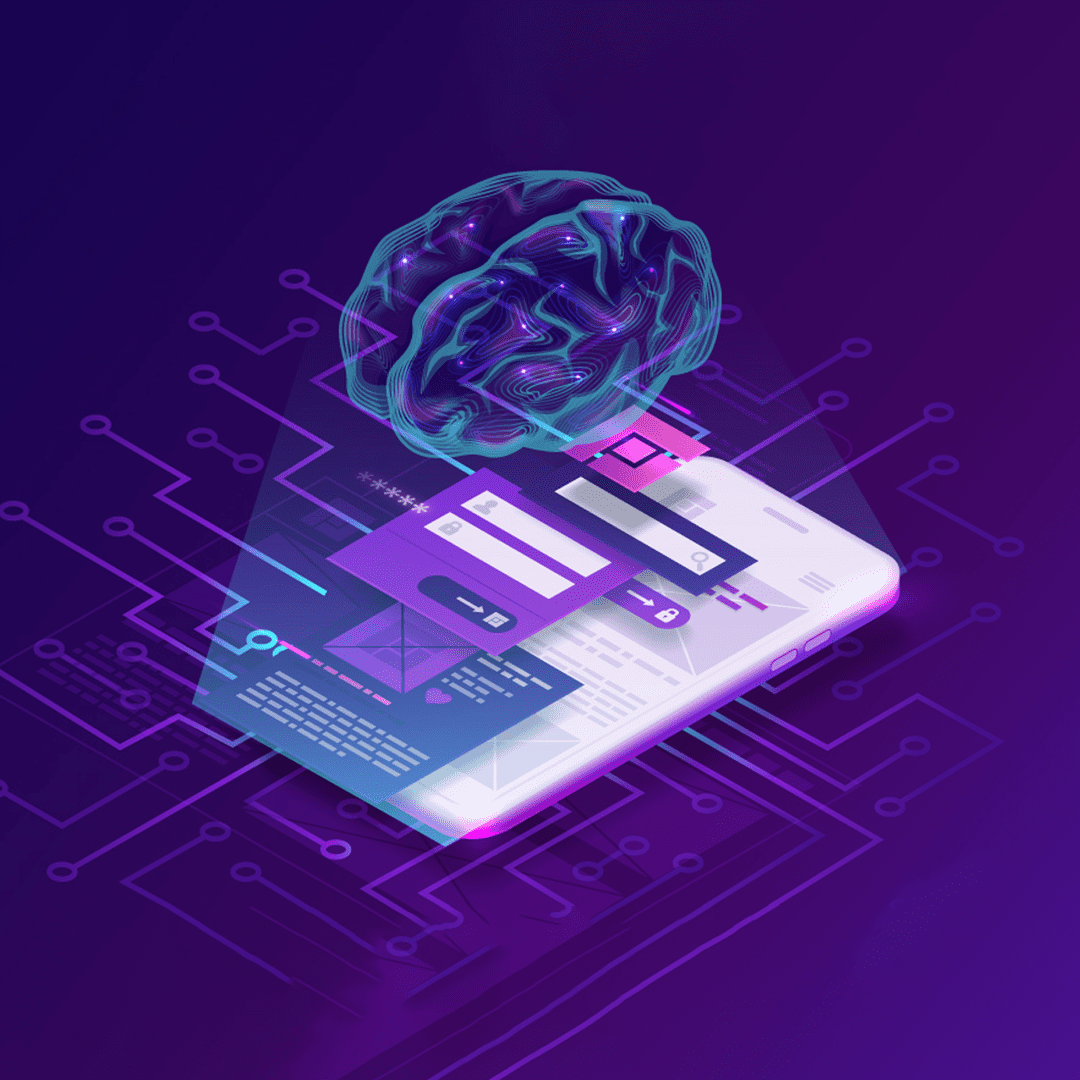
The present age of digital technology is bringing computers with artificial intelligence (AI) and user interface/user experience (UI/UX) design into technologies and transforming how we interact with it. The incorporation of artificial intelligence (AI) has drastically altered how designers approach designing user experiences along with affecting what software designed for computers are able to do. Through focused recommendations and quantitative predictions, AI-powered UI/UX design seeks for improvements in the accessibility, performance, and customisation of internet-based products and services. This symbiotic relationship between AI and UI/UX design not only improves user interactions but additionally helps to reevaluate what genuine human-computer interaction is. The growing significance of AI in UI/UX design is becoming more and more apparent as we explore deeper into this constantly changing junction while thinking about how it is going to influence digital experiences in the not too distant future.
AI-Powered Personalization in UX
In UX (User Experience), the expression "AI-powered personalization" implies the application of artificial intelligence techniques to customize digital products and experiences for particular audiences or audience segments. By providing exceptionally pertinent as well as customized content, features, as well as suggestions based on every consumer's preferences, behavior, and context, the aforementioned approach seeks to improve customer satisfaction, engagement, and rate of conversion. This is how personalization enabled by AI may be applied to UX:
- The profiling of users: For the purpose to generate complete user profiles, AI algorithms may investigate user behavior, tastes, and demographics. These profiles could include details about earlier exchanges, browsing and purchase histories, device categories, locations, and others.
- Recommendation engines: Employing user data analysis, artificial intelligence-powered engines for recommendations promote items, events, or material that consumers are likely to find intriguing. Those recommendations may be presented in light of previous behavior, user preferences that have characteristics similar to yours, best selling goods, or any other relevant data.
- AI-powered dynamic content generation: This includes customized email newsletters, suggestions for products, and website layouts that have been generated specifically for each user. In accordance with user interactions and tastes, this content is constantly evolving and may alter in real time.
- Predictive analytics: AI systems have the capability to forecast user behavior in the not-too-distant future, including likelihood of completing a purchase, risk of turnover, as well as preferred content genres. By promoting discounts to users who are probably going to abandon the site or by exposing pertinent content while the user ever looks for it, this type of information can be made use of to proactively customize the experience that users have.
- Natural Language Processing (NLP): In order to understand user sentiment, tastes, and motives, NLP algorithms can examine information provided by users like ratings, feedback, and support tickets. By personalizing chatbot conversation or suggesting appropriate guidance articles, the aforementioned information can be utilized for customizing interactions and replies.
- AI can be used to continuously experiment and test with A/B combinations with the goal to maximize user experiences. In order to identify patterns and conclusions in user behavior data, AI algorithms are capable of assessing it. These findings can then be utilized to influence UX design choices and eventually improve conversion rates.
- Contextual Personalization: AI can customize the user experience by considering contextual variables like the device kind, location, time of day, and climate. For instance, according to the user's location and the most recent climate forecast, an application that forecasts the weather can suggest different outings.
In broad terms, companies can offer improved, relevant, and engaging customer experiences because of AI-powered personalization in UX, which improves user retention and ultimately gives rise to economic profitability. To preserve user privacy while offering consumers ownership of their data and decisions, AI-powered modification must be implemented professionally and openly.
Chatbots and Virtual Assistants in UI
User interfaces (UI) have experienced a rise in the implementation of chatbots and virtual assistants, which provide an interface that is conversational for consumers for communicating with applications, websites, and gadgets. How they are employed in UI design is as follows:
- Customer service and support: Chatbots and virtual assistants are frequently employed to handle support and service to customers tasks. They are capable of helping users with activities like opening an account and product selection, troubleshoot issues and to provide response to often asked concerns. Integrating them into UIs reduces the need for human intervention and offers users immediate assistance.
- Task Automation: Chatbots and virtual assistants can automate a variety of UI design tasks, enhancing productivity and optimizing user experiences. Through conversational engagements, they are able to help users with things such as making reservations, arranging appointments, ordering products, and accomplishing regular administrative duties.
- Content Discovery and Recommendations: Through leveraging their preferences, conduct, and context, chatbots and AI assistants may help consumers find appropriate goods or content. By evaluating user data and interpreting user intent through natural language processing (NLP), they are able to generate tailored suggestions, recommend publications with material relevant to the customer's preferences, or promote products that correlate with the customer's aspirations.
- Onboarding and Tutorials for Users: Chatbots and virtual assistants can assist customers with their onboarding processes and offer instruction and tutorials for accessing sophisticated capabilities and features. Smoother experiences for users result from this active assistance's enhanced comprehension of the user and a reduction in friction.
- Input Gathering and Surveys: User interfaces (UIs) are able to use chatbots and virtual assistants in order to gather user input or carry out surveys in a conversational manner. The aforementioned instruments are capable of gathering insightful data on consumer preferences, problems, and levels of satisfaction through conversation with users. This information is then available for use to guide subsequent versions of the product and UI improvements
- Customized Alerts and Recommendations: Chatbots and virtual assistants have the capacity to provide users with personalized alerts as well as suggestions that vary depending on their actions, preferences, and environment. For instance, they may motivate users to do operations, inform them of forthcoming occurrences, or recommend appropriate announcements or promotions according to their hobbies and interests.
- Accessibility and Inclusivity: By offering other modes of communication for people with restrictions or disabilities, chatbots and AI virtual assistants might improve the accessibility and inclusivity of interfaces that users use. More specifically, hands-free interaction has been rendered possible by voice-based interfaces, thereby improving the accessibility of user interfaces among individuals with visual or impairments of mobility.
It's essential to thoughtfully think about user wants, preferences, and usability factors when incorporating chatbots and virtual assistants into the user experience design. To guarantee a seamless and fulfilling user experience, designers must make sure that such instruments are intuitive, contextually aware, and able to properly understand user intent. Building trust and credibility with users also necessitates remaining transparent and offering straightforward pathways for escalating to human support when required.
Machine Learning for User Behavior Analysis
User behavior analysis is employing machine learning (ML) in increasing numbers because it offers successful techniques for comprehending, projections, and responding to user actions in digital products and solutions. ML can be implemented in such a circumstance in a number of different ways:
- Pattern Recognition: ML algorithms are capable of assessing enormous volumes of information from users to find patterns and trends in behavior among users. This involves recognizing recurrent patterns of activity including product preferences or surfing habits, as well as normal journeys across an application or website.
- Segmentation and Clustering: methods based on machine learning such as algorithms that cluster information can form segments or collections out of users who possess similar traits or behaviors. This segmentation enables assessments to be more specifically focused, and it enables customers to receive personalized attention with information that is customized to their particular preferences and behaviors.
- Predictive Modeling: Machine learning models that utilize historical data are able to be built for predicting future user actions. For example, machine learning techniques can predict if a user will proceed to click on any particular advertisement, finish a purchase, or remove themselves from a service. In order to achieve the best user experiences and outcomes, these predictions enable preventative measures and tailored suggestions.
- Anomaly detection: Machine learning algorithms have the capacity of recognizing odd or unusual patterns of behavior that significantly depart from what is usual. This eye for detail is useful for detecting potential dangers to security in digital systems, unusual patterns of usage, and fraudulent transactions.
- Sentiment Analysis: For assessing the overall mood and emotions of users, machine learning-powered sentiment assessment approaches may examine content that users create like reviews, comments, or social networking posts. An in-depth grasp of what customers think enables companies to evaluate client happiness, recognize emerging patterns, and proactively deal with any issues and concerns.
- Recommendation Systems: Machine learning (ML)-based systems that provide recommendations analyze user preferences and behavior to offer customized recommendations for goods, activities, or content. The aforementioned systems use methods such as filtering based on content, filtering via collaboration, or hybrid approaches that present users with captivating and pertinent recommendations which improve user happiness and participation.
- Dynamic Content Personalization: ML algorithms can dynamically personalize content and user interfaces based on real-time user interactions and feedback. Machine learning (ML)-driven customization raises conversion rates, preservation, and engagement among users by tailoring both content and experiences to every single user's preferences.
- User Segmentation and Targeting: By evaluating user data, machine learning addresses may separate users into discrete groups due to their psychographics, population demographics, or behavior patterns. To maximize the effectiveness and relevance, these types of products can then be addressed with customized offerings of products, marketing campaigns, or approaches to communication.
- Adaptive User Interfaces: Taking into account observed user behavior and tastes, ML-powered UIs can continuously modify their features, content, and design. By providing customized experiences that correspond to the particular demands and preferences of everybody who uses them, these interfaces maximize pleasure and usefulness.
- Continuous Improvement and Optimization: ML enables iterative improvement and optimization of user experiences through ongoing analysis of user behavior data. In the course of time machine learning (ML) systems are able to enhance their algorithms and models in order to provide forecasts and recommendations that are becoming increasingly precise by continuously learning from interactions with users and reviews.
In conclusion, machine learning plays a crucial role in user behavior analysis because it enables businesses to comprehend user preferences, forecast customer behavior, and provide customized user experiences that increase consumer contentment and revenue generation. However, to establish user trust and encourage positive user experiences, it is of the utmost importance to guarantee proper utilization of user data and to uphold transparency and responsibility in ML-powered systems.
AI-Enhanced Design Tools and Prototyping
The manner in which designers construct digital goods and user interfaces is currently being revolutionized by AI-enhanced design tools and initial prototype platforms. The aforementioned instruments employ artificial intelligence methods that improve overall design quality, increase creativity, and accelerate the design process. This is how AI is improving initial prototypes and design instruments.
- Automated Design Generation: Utilizing user input or predefined criteria, AI-powered design applications are capable of producing design elements including layouts, color schemes, formatting, and even entire user interfaces. These applications can swiftly generate practical as well as visually appropriate designs by using algorithms educated on enormous collections of design patterns and concepts.
- Semantic Understanding and Suggestions: AI can analyze design briefs, user requirements, and content to understand the semantic meaning and context behind design elements. AI-powered tools may provide pertinent design suggestions, layout enhancement recommendations, or provide other design options that better match user objectives and requirements based on that comprehension.
- Image and Graphic Editing: AI-powered approaches to image editing use techniques such as segmentation, image recognition, and transferring styles to improve the appearance of photos and graphics and simplify repetitive altering chores. Designers can save time and effort by utilizing these resources, which can erase backgrounds, strengthen photographs, and add filters on her own. or construct realistic graphics that require the input of the user.
- AI-powered design tools have the capability of optimizing designs to be responsive throughout an assortment of screens, resolutions, and devices. This procedure is commonly referred to as responsive web design optimization. These technologies may automatically alter layouts, font sizes, and space to guarantee uniform and visually appealing experiences across several different devices and platforms by analyzing architectural elements and user interactions.
- UX/UI Pattern Recognition: Artificial Intelligence (AI) systems are able to recognize usual UX/UI patterns, standard procedures, and trends by examining existing designs, graphical user interfaces, and user interactions. Architects are able to utilize the previously discussed data to inform their decisions, improve accessibility, and guarantee that their designs will be attractive to their target audiences.
- Prototype Generation and Testing: Before concluding designs, designers can duplicate user interactions while assessing usability with interactive models created from wire frames or design mockups with the help of AI-enhanced prototyping platforms. Artificial intelligence (AI)-driven abilities like sentiment analysis for feedback gathering, ranking engines' recommendation engines' predictive modeling, and chatbots' natural language processing can be added to the aforementioned prototypes.
- Style Transfer and Generation: AI-powered tools can generate design styles and visual assets based on user preferences or input. For example, designers can input a few keywords or concepts, and AI algorithms can generate mood boards, color palettes, or visual motifs inspired by those inputs, providing inspiration and accelerating the design exploration process.
- Collaborative Design Assistance: AI-powered collaboration tools can facilitate teamwork by providing real-time feedback, suggesting design revisions, or resolving conflicts between team members' contributions. These tools foster collaboration and creativity while streamlining the design review and approval process.
- AI algorithms have the capability of evaluating designs for accessibility challenges, such as low keyboard navigation, small font sizes, or inadequate contrast. Artificial intelligence-enhanced technological tools for design assist designers with developing more inclusive and straightforward to use experiences for all users by automatically recognizing and emphasizing accessibility obstructions.
- Artificial Intelligence possesses the capacity to examine user data, tastes, and behavior and produce personalized design recommendations that match with the distinctive demands and workflows that distinguish different designers. In order to quicker speed up and enhance design workflows, these recommendations could include graphic assets, templates, or information that correspond to the designer's taste, style, and competence level.
In general, AI-enhanced design resources and platforms for prototyping allow designers to come up with better concepts faster, iterate swiftly, and provide exceptional user experiences. Designers could reach new heights of imaginative thinking, efficiency, and originality in their methods of design by utilizing artificial intelligence (AI). This will ultimately contribute to better results for consumers as well as businesses.
In conclusion, the implementation of AI in UI/UX design represents an important advancement in the development and manufacturing of digital experiences. AI will become an increasingly larger part in UI/UX design as it grows, enabling designers to make user experiences more smooth, individualized, and straightforward. Despite the fact that AI has a lot of promise, it's important to strike a balance between automation and centered around human design concepts. Instead of focusing only on automated solutions, designers must employ AI to enhance their innovative thinking and ability to solve problems. By acknowledging the mutually advantageous relationship between AI and UI/UX design, we are able to open up new avenues for enhancing the standard of online experiences for users worldwide.
Recent Stories
500k Customer Have
Build a stunning site today.
We help our clients succeed by creating brand identities.
Get a Quote
